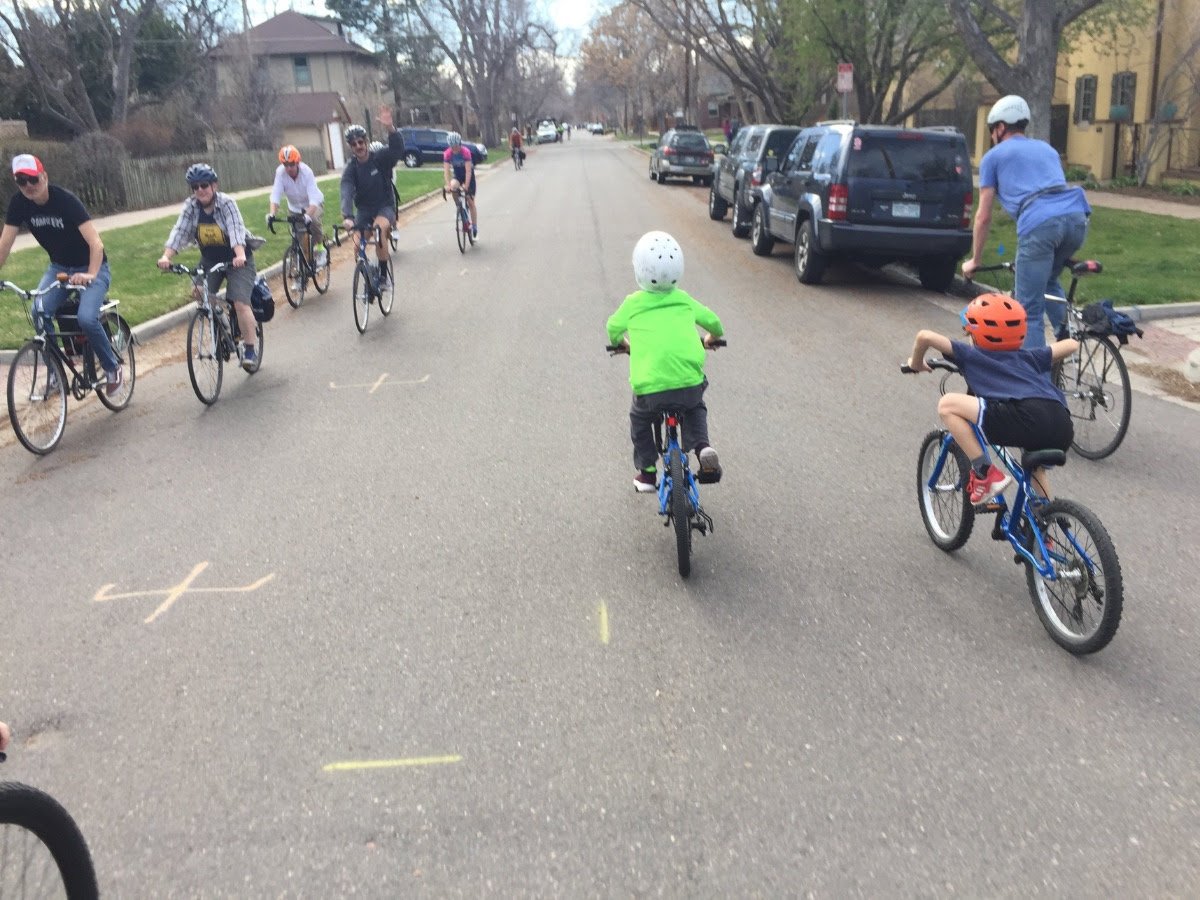4 Requirements
The Vamos Implementation Plan is based on four ironclad requirements. These are the non-negotiables, the criteria that a world-class active transportation network in Denver must meet. At first glance, they might sound like truisms, but having a North Star keeps us on track. And when you observe the status quo in Denver, it's clear that these requirements are not being met.
Requirement #1. Everyone must be able to use it.
Denver's bike network must work for people of all ages, abilities, and backgrounds. All people should be able to move around the city without a car when they so choose.
The City's definition of what types of bike facilities make this possible is instructive. There's a line between low-comfort and high-comfort.
Traditional bike lanes don't qualify. Here's why:
Only trails, neighborhood bikeways, and protected bike lanes get the job done.
If we want everyone to be able to use Denver's active transportation network, we must build high-comfort infrastructure.
Requirement #2. People must be able to get to the places where they want to go.
A transportation network isn't very useful if you can't actually get to the places you want to go. Imagine trying to drive from West Denver to East Denver if there were no bridges over the South Platte River. For most people, that's the basic state of the active transportation network in Denver.
We analyzed Denver's high-comfort bike network and the results were clear: it's a disconnected archipelago. If you want to ride on a trail, up and down a given street, or around a park in circles, you're good. But if you actually want to go places and aren't especially confident on a bike, good luck.
Requirement #3. It must happen in a timeframe that is relevant to multiple crises.
A complete network at some indeterminate time in the future -- 2030, maybe 2040, maybe beyond, who knows -- fails to meet the moment of multiple crises: physical and mental health, air quality, climate, and displacement due to the rising cost of living.
Requirement #4. It must produce observable results on a massive scale.
What does success look like? Every day in Denver -- yes, even in the winter -- we should see tens of thousands of people of all ages, abilities, and backgrounds walking, pushing strollers, rolling in wheelchairs, skateboarding, roller blading, and riding bikes.
A bike lane that no one uses is not a win. If only one demographic benefits, it's not a win. We need to end the practice of declaring victory when we create X miles of bike lanes. Instead, our obsessive focus must be on creating a set of conditions that produces real, measurable, unambiguous, people-centric results.










